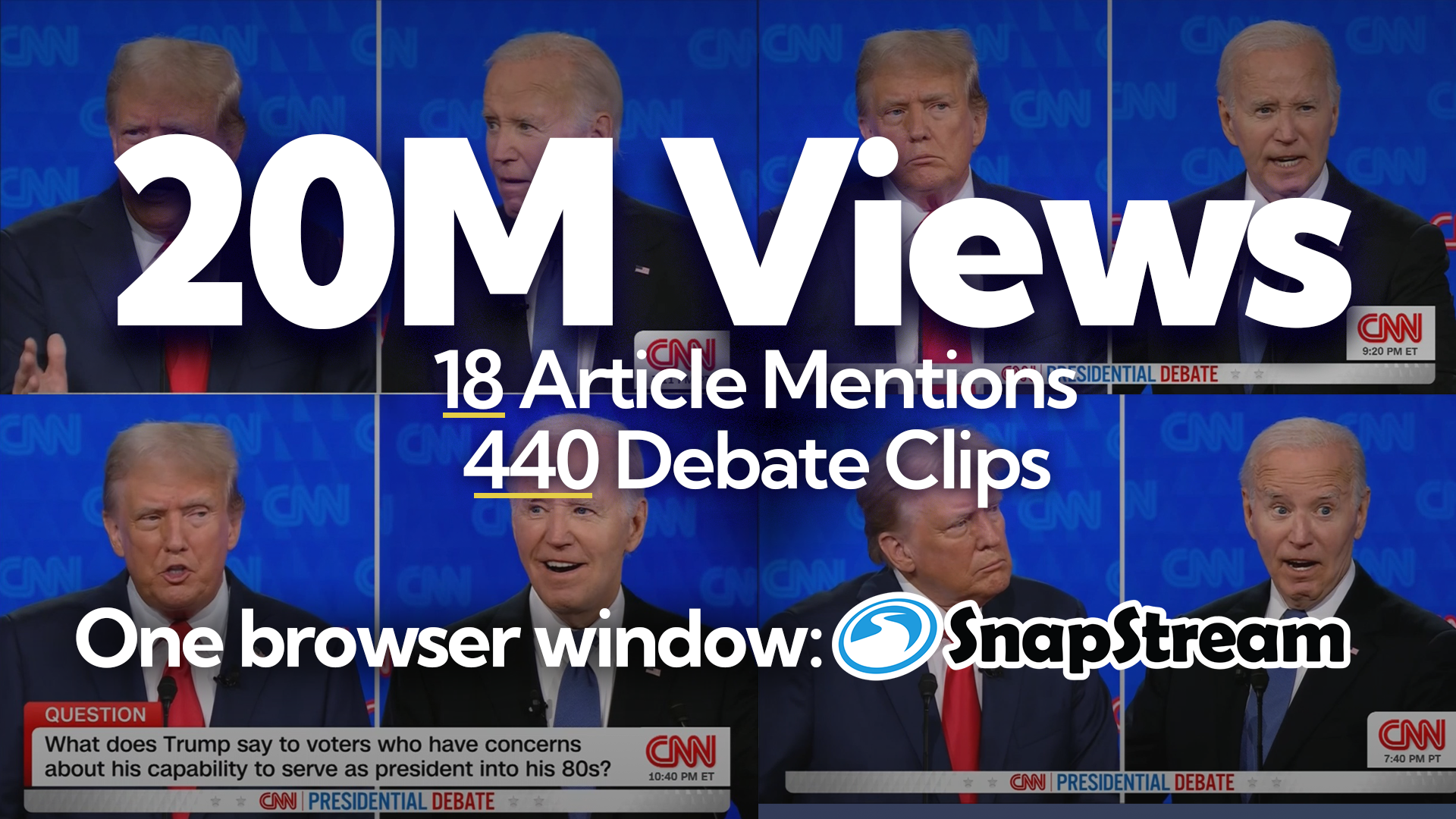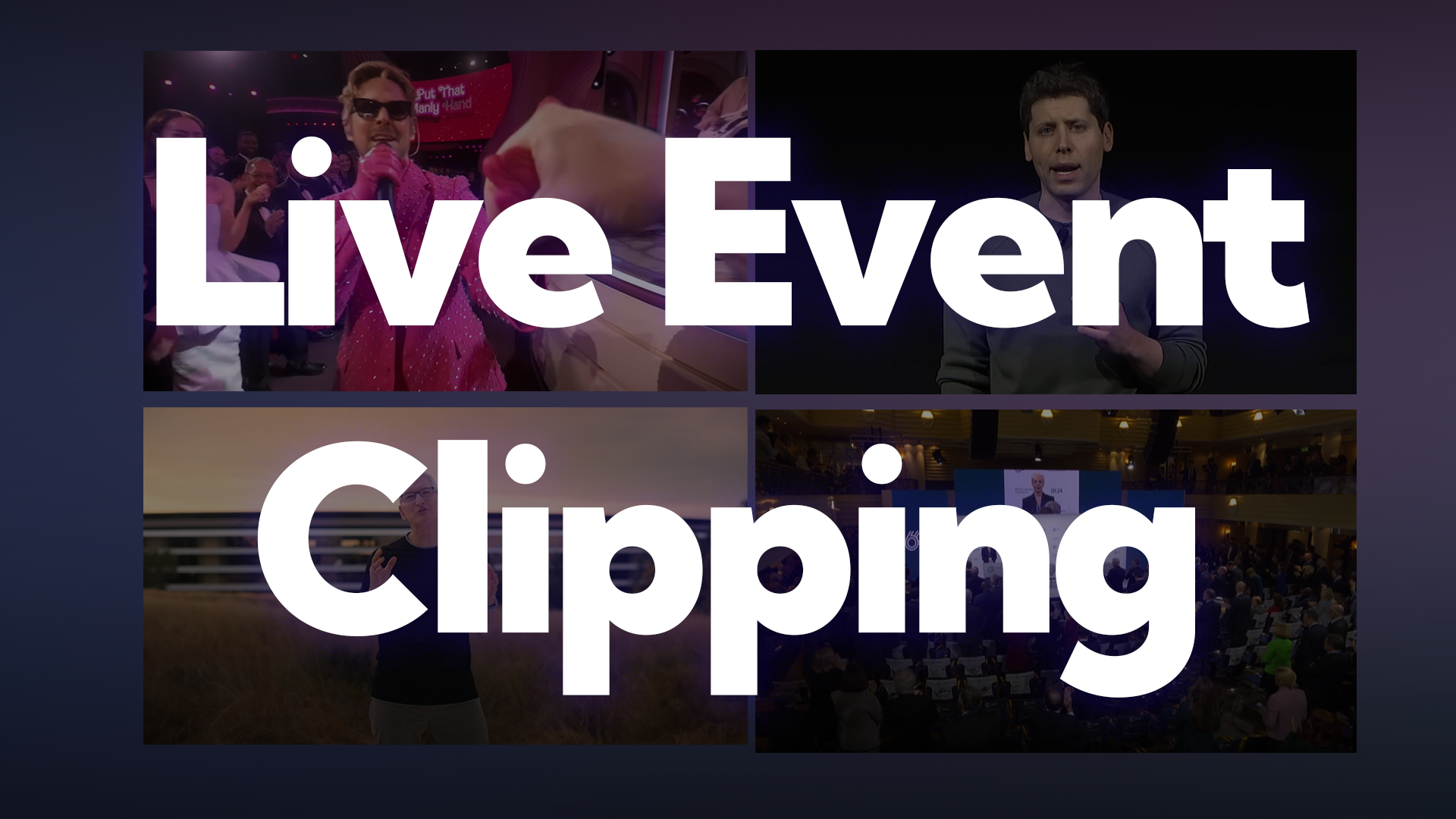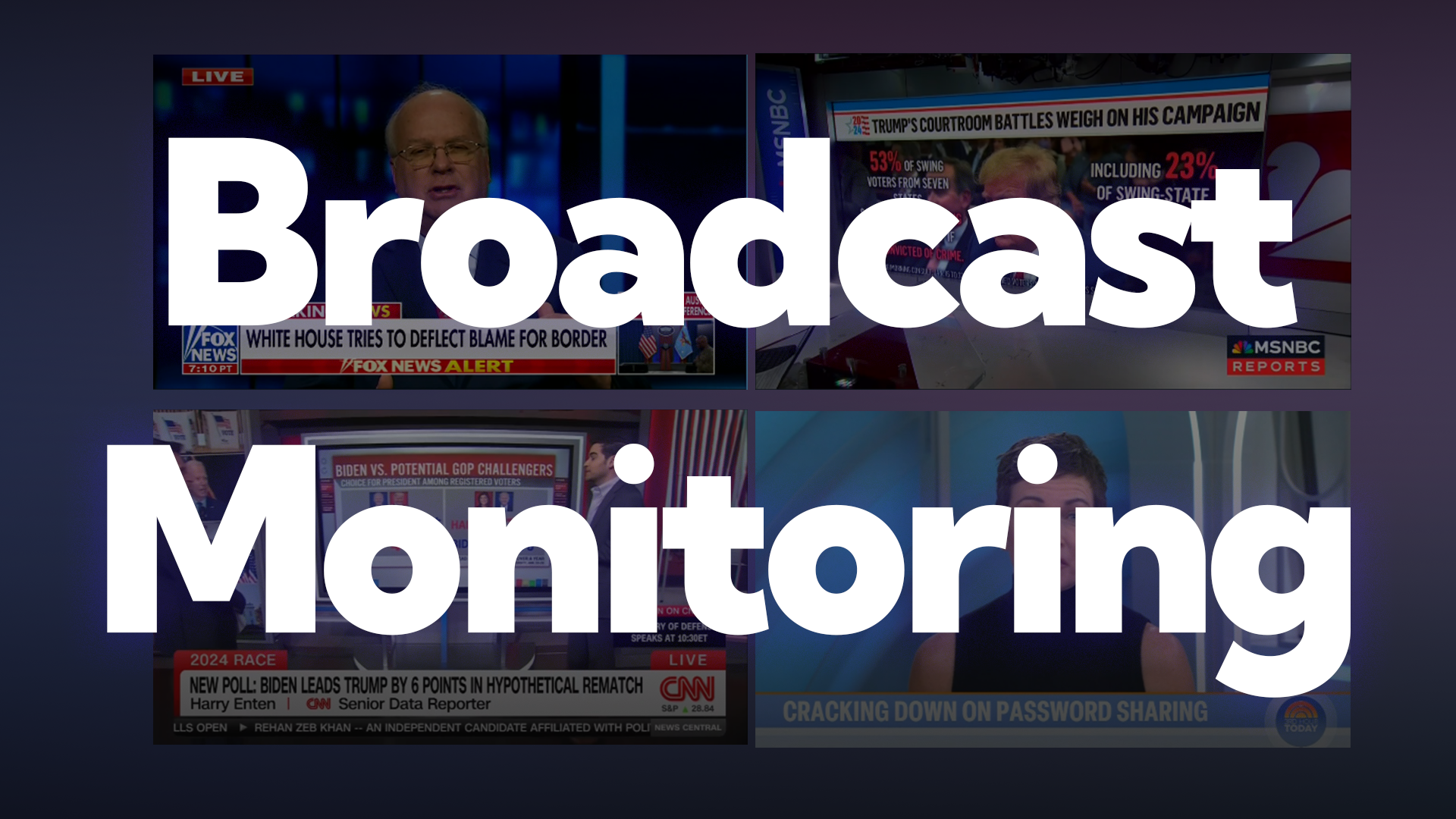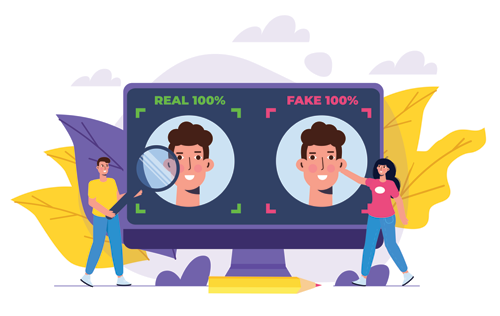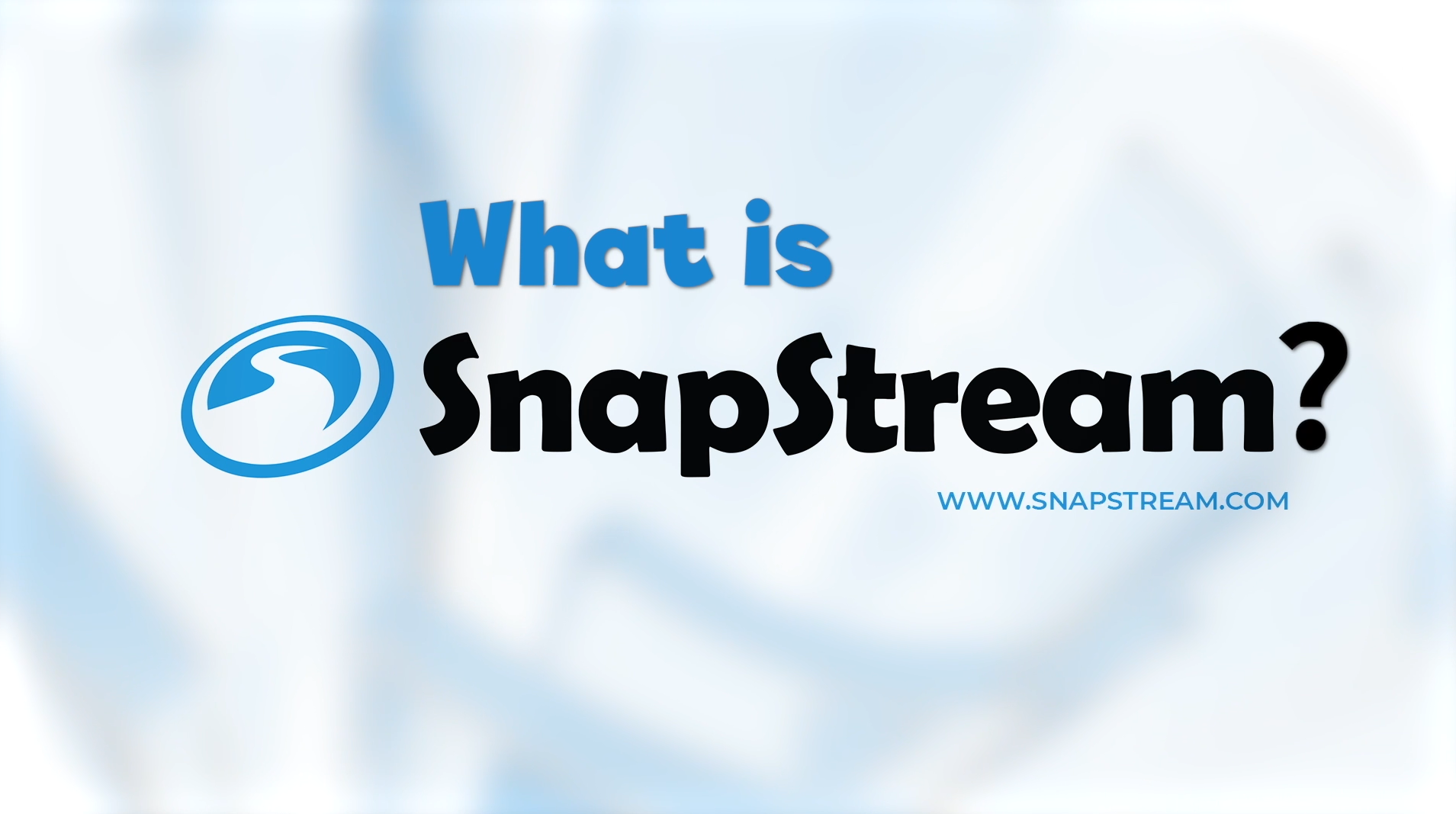Capturing and holding the audience's attention requires speed and precision. During the first 2024 presidential debate between Donald Trump and Joe Biden, news clippers and journalists in their own right Aaron Rupar and Acyn Torabi leveraged the powerful clipping tool SnapStream to do just that. Their efforts led to over 20 million views on 80 different clips. and significant media coverage, making this a prime example of how real-time digital journalism is conducted.
The SnapStream Advantage
SnapStream is a clipping tool designed to allow users to record, clip, and share live television & event content as it happens. Over 36 guests joined Aaron & Acyn on a trial server of SnapStream to clip from the interface which includes live video and a transcript side by side:
Over 358 clips were made by guests on debate night!
Real-Time Engagement
During the debate, Rupar and Torabi were active participants in the digital discourse. By using SnapStream, they were able to capature moments like these:
Media Impact
The combination of timely, relevant content and expert commentary proved to be a powerful formula. Over the course of the debate, Rupar and Torabi made a total of 80 clips, which quickly went viral and amassed over 20 million views.
The clips were referenced in 18 articles from various news outlets, driving more views to the original clips and cementing Rupar and Torabi's roles as go-to sources for debate highlights:
Conclusion
News is a place where you should be first & best. A lot can be learned from these operators and the tools they have in their toolbelt, as well as the platforms they're posting on. If you're looking to increase your impact with clips, monitor media or clip upcoming events in the 2024 election cycle book a meeting here:

